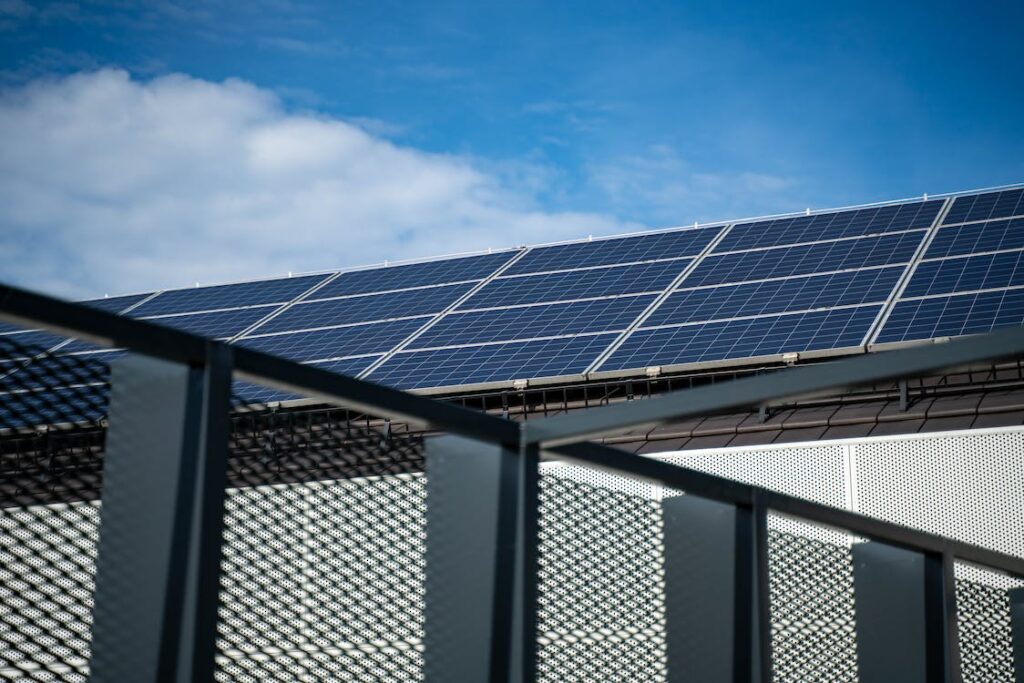Solar Energy Gets a Stimulus in North Dakota, United States
In the arena of renewable energy, North Dakota has been primarily associated with wind power, leaving solar energy largely untapped. Despite the state’s vast landscapes bathed in sunlight, solar power currently stands as a minor contributor to North Dakota’s energy mix.
The Energy Information Administration (EIA) states that North Dakota’s installed solar power capacity stands at a modest 1.1 MW. However, the Solar Energy Industries Association (SEIA) estimates a slightly higher figure of 2 MW, a capacity that can power fewer than 150 homes.
Notwithstanding its current state, solar energy investment in North Dakota is on the rise, with approximately $3 million already pumped into this sector, according to the SEIA. Over the coming five years, the state is expected to significantly boost its solar capacity, aiming to add an ambitious 508 MW to its energy infrastructure. In comparison, the state’s wind power output is currently pegged at a whopping 4.3 GW.
Policies related to solar power in North Dakota stipulate that public utility companies must provide net metering to solar customers, enabling them to receive billing credits for the surplus solar power fed back into the grid. However, compensation in the state follows a “cost avoidance” model, generally leading to returns below retail rates. To optimize their returns, solar customers need to calibrate their solar systems to consume power during the day or add storage facilities to save excess solar power for nighttime use.
North Dakota provides tax relief for solar energy installations, exempting the increased value added to properties due to such additions from property tax hikes. Furthermore, residents of North Dakota, like all other American citizens, qualify for the federal investment tax credit, which covers 30% of the total system installation cost.
For rural residents of North Dakota, the United States Department of Agriculture offers the Rural Energy for America Program (REAP). The initiative is open to agricultural producers, who derive at least 50% of their income from agricultural activities, and small businesses in eligible rural areas with populations less than 50,000. The program supports several renewable energy technologies, including solar power, and provides loan guarantees, grants, and a combination of both, covering up to 75% of total project costs.
One notable project under this scheme involves a North Dakota tribal community that received a $200,000 Tribal Accelerated Solar Fund grant to install a 50 kW solar panel system on the roof of the Nueta Hidatsa Sahnish College’s main building. The initiative, carried out in collaboration with Lightspring Solar and Native Brothers, with support from Mountrail-Williams Electric Cooperative, aims to foster sustainability in their environmental science programs and wider university operations.
Wes Davis, the project manager for Solar Lightspring, perceives this as just the start for North Dakota. He expressed optimism about the opportunities created by the Biden administration’s economic stimulus package, opening doors for property and business owners to apply for similar grants. Davis anticipates a significant leap in renewable energy adoption across the state in 2023 and looks forward to contributing to his community’s energy transformation.






